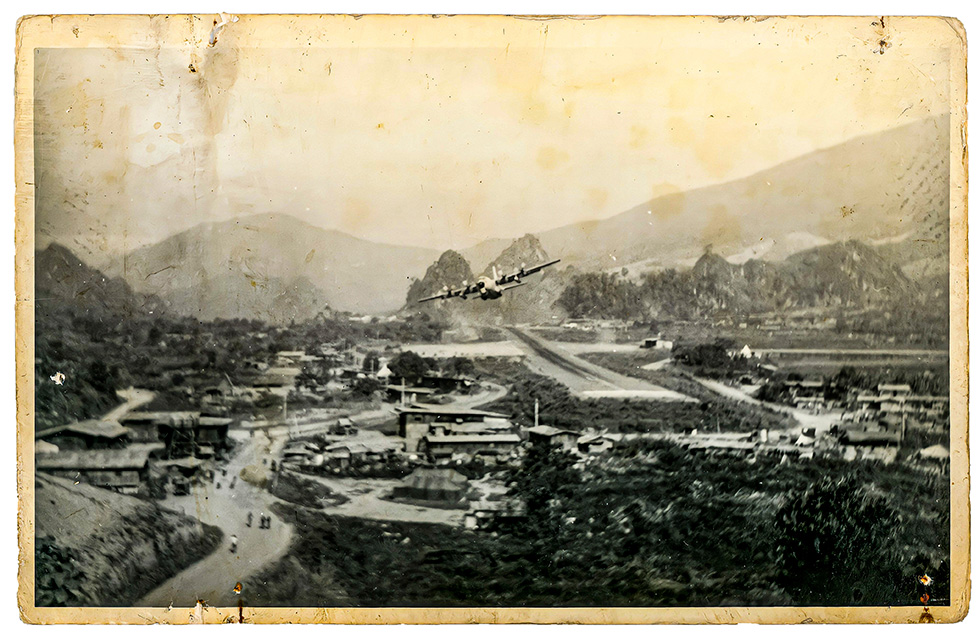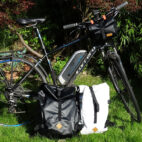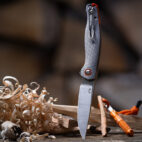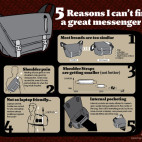The Most Secret Place on Earth | Packing List
Today Laos is a quiet and peaceful place. Monks collect alms at dawn; the streets are adorned with ornate Buddhist pagodas and wats. However, it retains a dark, more sinister legacy, one that stems from a secretive covert war and the heaviest aerial bombing in human history, in a period now referred to as the Indochina Wars.
Standing on the runway at the edge of the town of Vang Vieng I’m confused. Firstly, the runway is huge, big enough to rival an international airport. But there are no planes here. I turn to my companion, a well-traveled fellow of the road and depository of knowledge. “This is where the CIA used to fly in planes and transport opium,” they tell me. My interest was piqued and so began my research that led to this adventure.
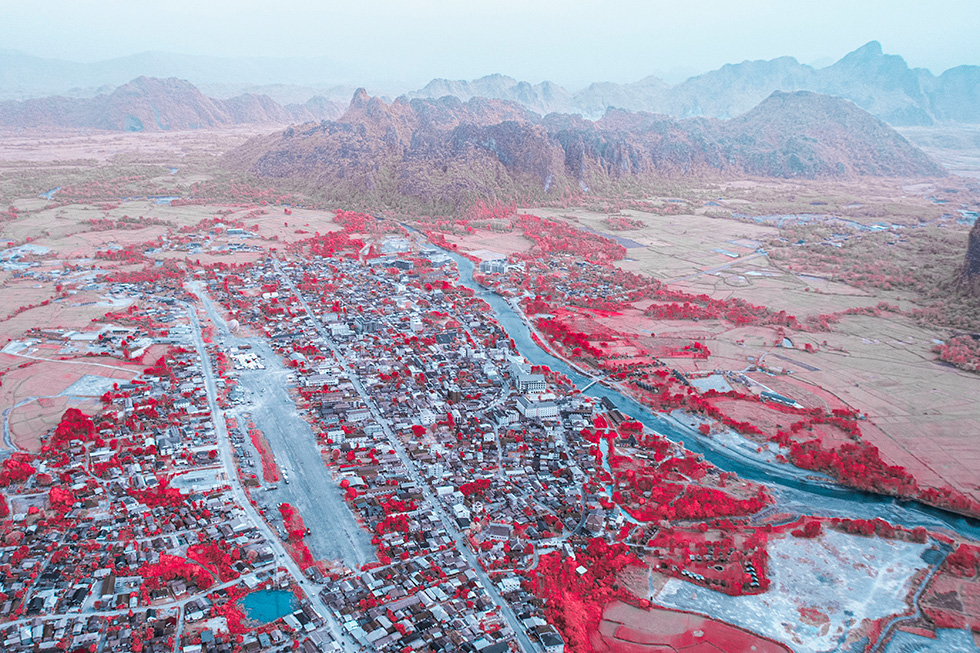
I found out I had been standing on Lima Site 16 (LS16), CIA code for Landing Site. There were in fact hundreds more Lima Sites scattered all over Laos and I discovered that together, piece by piece they told the story of a secret war that was waged between 1961 and 1973 which involved the Royalist Lao Army, the American CIA, and both Vietnamese and Lao communist forces. I also uncovered stories of a secret CIA city hidden in the mountains and of an airstrip that at the peak of operation was said to be the busiest in Asia. It was called Long Tieng, LS20A, or simply Alternate. But it was also known by another name, The Most Secret Place on Earth.
As a visual documentarian concerned with ideas and methods around the visualization of conflict, I began to think about how to tell the story of a covert war that didn’t officially happen. What kind of visual materials existed and could they be used to tell the story? So I turned to Google and found myself in the Freedom of Information Act Electronic Reading Room (FOIA) reading declassified reports and looking at aerial surveillance photos of bombing and maps. Eventually, my online search led me to a repository of maps with coordinates. My initial task was to locate as many Lima Sites as I could and verify their existence, to see if I could find any physical remnants. To accomplish this I turned to remote sensing. Remote sensing uses satellite images to locate and interpret geological features; in this case, landing sites and airstrips. Using declassified CIA documents, archived maps, and reports I cross-referenced the coordinates with images and had some encouraging results. However, there is only one way to officially verify what I thought I was looking at and that was to ‘ground truth’ my findings. I needed to physically visit these places and see them with my own eyes.
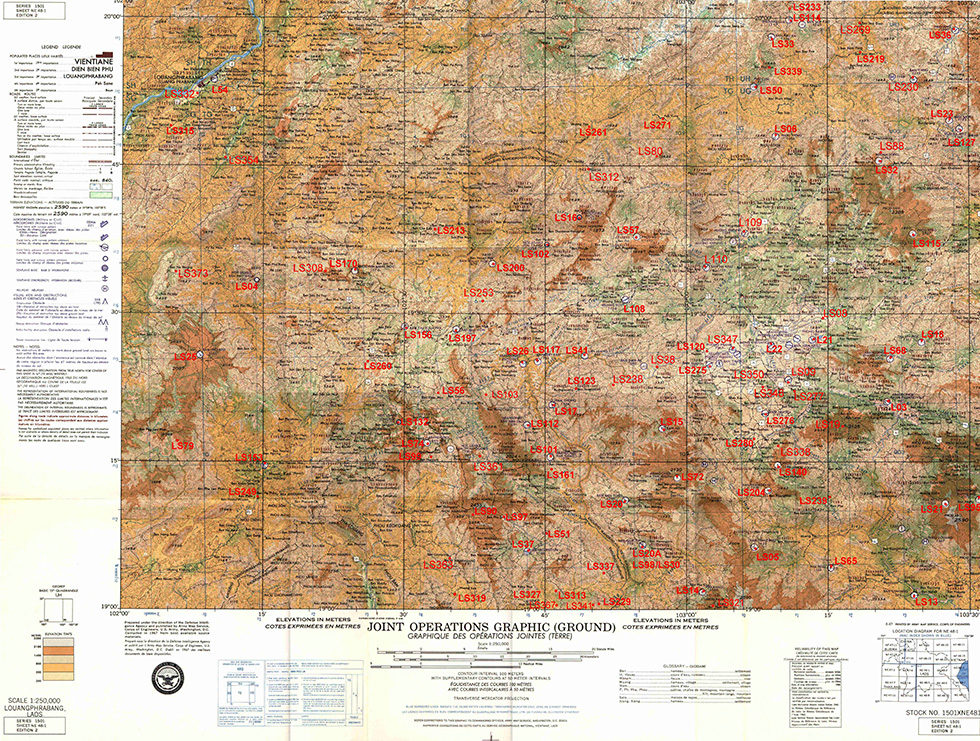
I knew that I was going to be traveling to secretive historical sites in regions that previously hadn’t been easily accessible to foreigners. I reached out to the Carryology team to ask if they would be interested in including a couple of Lima Sites in the Carryology Global Expedition Project. They of course jumped at the opportunity to help me tell the story whilst setting a few more challenges for the carry community along the way. On the top of my list were Lima Site 85 and the hidden city of Long Tieng. It wasn’t going to be an easy journey and I had to be cautious. The friction of the terrain, infrastructure, people, and languages were all factors that would cause trouble and had to be negated. A number of sites would still be under the control of the Lao People Armed Forces (LPAF), and there was no clear information on whether those sites I intended to visit were open or even accessible. I knew I was going to be visiting some pretty remote locations and was looking at multiple days on the road living out of a vehicle. So I planned the routes in a set of loops that would take me back to a town or village for resupply and hopefully a proper bed for the night. I would still need to hike on occasion and carry multiple loads of varying equipment. So I needed a reliable and scalable platform. Fortunately, I had been working on one.
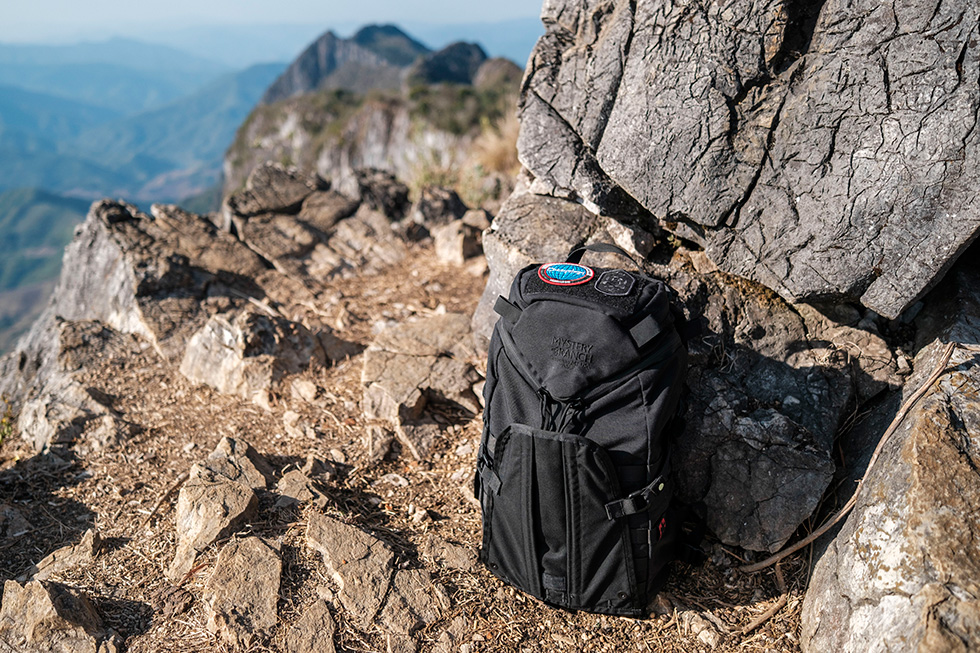
The Mystery Ranch ASAP SB is a classic 20L small assault pack featuring Mystery Ranch’s military Futura Yoke. The ASAP SB in a Special Blend version of the pack is available in a subtle black colorway that swaps out the usual internal PALS webbing for a laptop sleeve on the internal back panel. By adding a beavertail I was able to tone down the pack’s military appearance but still retain use of the external PALS webbing to attach two Mystery Ranch FTW Pouches via MOLLE to the PALS on the sides of the pack. On longer days these pouches provide external quick access to water, snacks, tools, or a small tripod. I clipped the metal pulls from the YYK zippers and reused the cord so the pack is now more stealthier and more silent. Attached to the top of the shoulder straps are removable signaling devices, one passive by way of a glint and glow Cyflect Marker by Ru, and another active via a USB rechargeable NITECORE NU05 LE signal light. There are also small Velcro patches for two further markers on either side of the beavertail attachments at the sides of the pack.
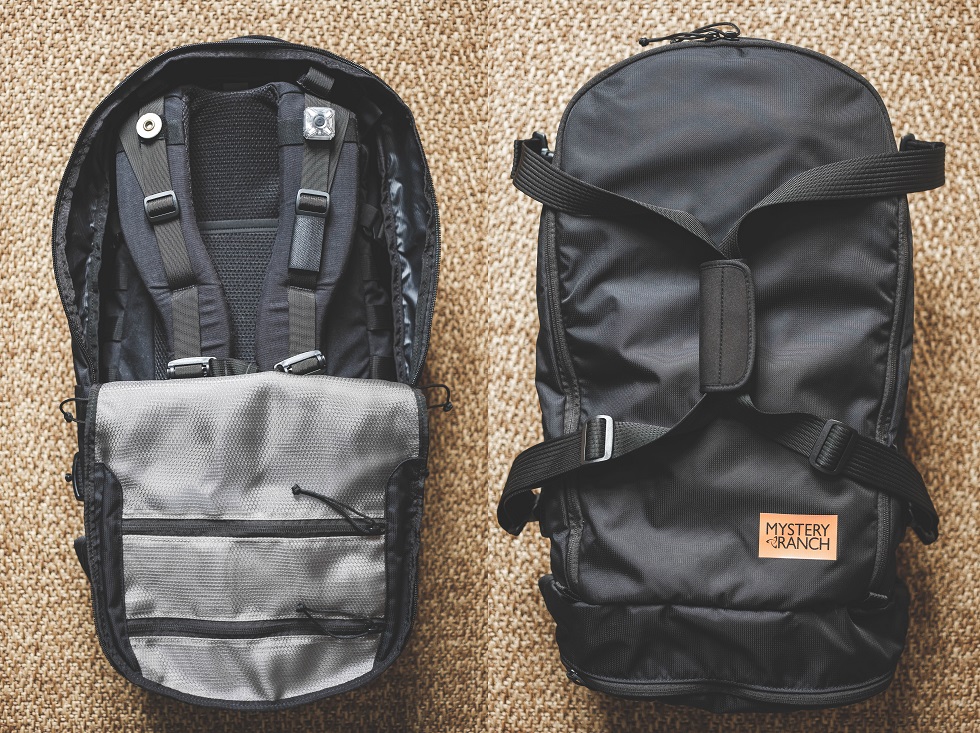
When not deployed, to minimize visual footprint and streamline its silhouette for air travel and transfers the pack is carried inside a black Mystery Ranch Mission Stuffel 45L. I originally conceived this setup for one-bag adventure travel that could be checked in when traveling with sharp tools. Having traveled around the world over the last year using this method to carry on equipment through both domestic and international flights, I have found it to be an affable carry solution.
The journey up to Lima Site 85 was an easy one. Although road conditions were worse than expected, after slipping my Ford Ranger into 4WD and carefully negotiating the narrow track I arrived safely at the visitors’ center at the foot of the mountain and grabbed my pack. The sacred mountain of Phou Pha Ti on which Lima Site 85 was constructed is the highest of its kind in the region. From the summit, there is a direct line of sight to Northern Vietnam and Hanoi. During the Secret War LS85 was the site of a top-secret radar installation used to coordinate the bombing of Hanoi and clandestine targets in Laos. The operation was known as the Commando Club. Using powerful tracking radar, radios, and computers to calculate and transmit bombing solutions directly to B52s and other aircraft, Commando Club would take over the release operations from the aircraft, a process referred to as Ground Directed Bombing (GDB). The in-country CIA knew such a high-value target would draw significant attention and were concerned. The site was eventually lost in 1968 and is remembered as the largest single ground combat loss of USAF personnel during the Vietnam era.
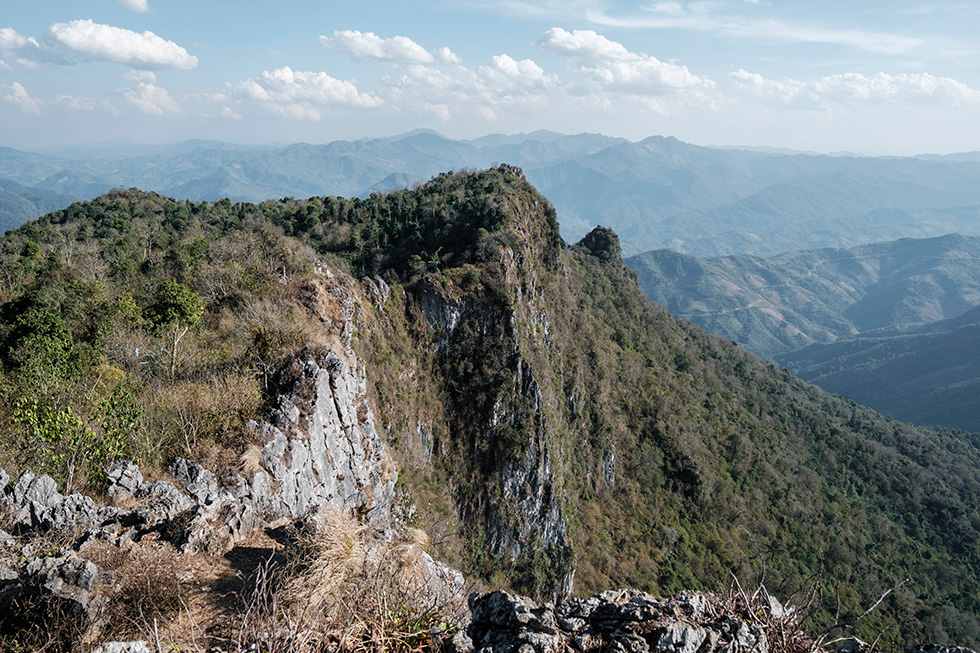
Solemnly I reached the summit and found the remains of the TACAN radar, trenches, and the remnants of steel containers that used to house the computers and radios. I made my photos and scanned the remains with a light detection and ranging camera (LiDAR) which is able to generate 3D models from what it sees. I placed Carryology Global Expedition Project Patch 094, paid my respects, and descended the steel staircase back to my vehicle.
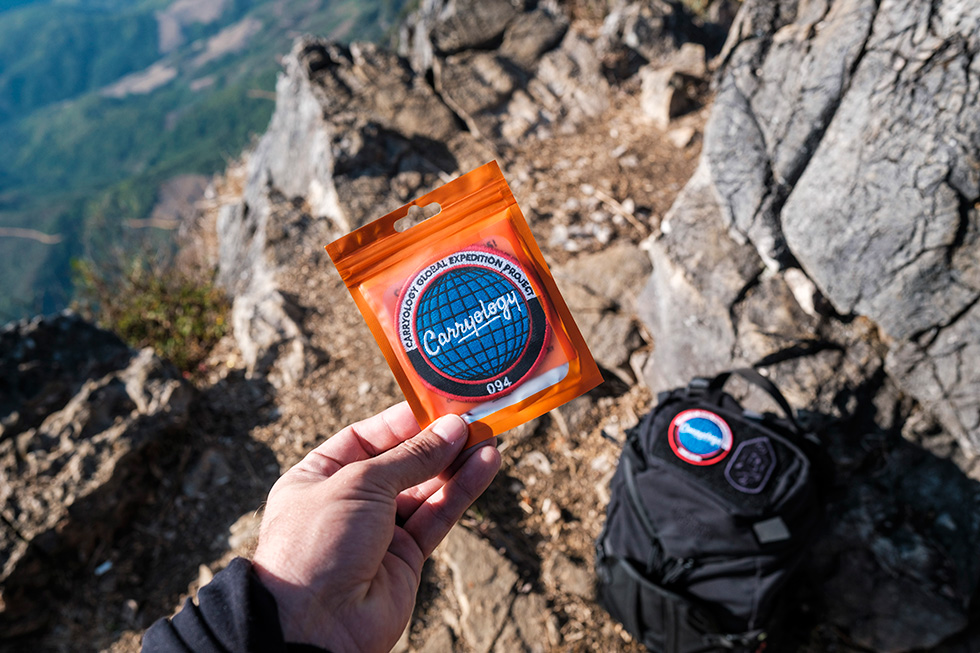
Inside the Mystery Ranch ASAP SB were two cameras, a tripod, water, an iPad, and a drone. The drone I didn’t use as Phou Phi Ti despite being open to visitors is still under military control and I thought it best to avoid any confrontation or misunderstanding. During this journey, the DJI Mavic Pro drone and Fujifilm X-Series cameras were transported in different modules or cubes that size nicely with each other, allowing my loadout to change depending on the demands of the day.
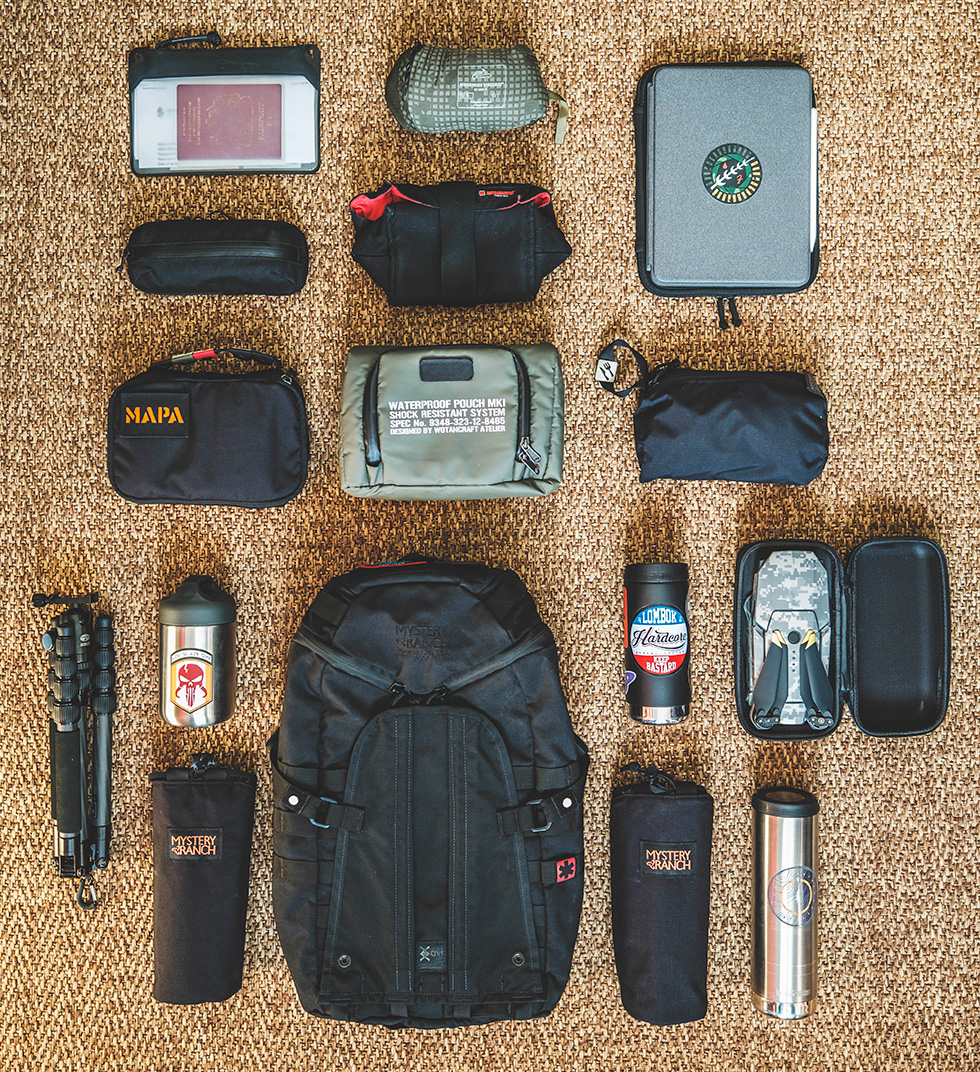
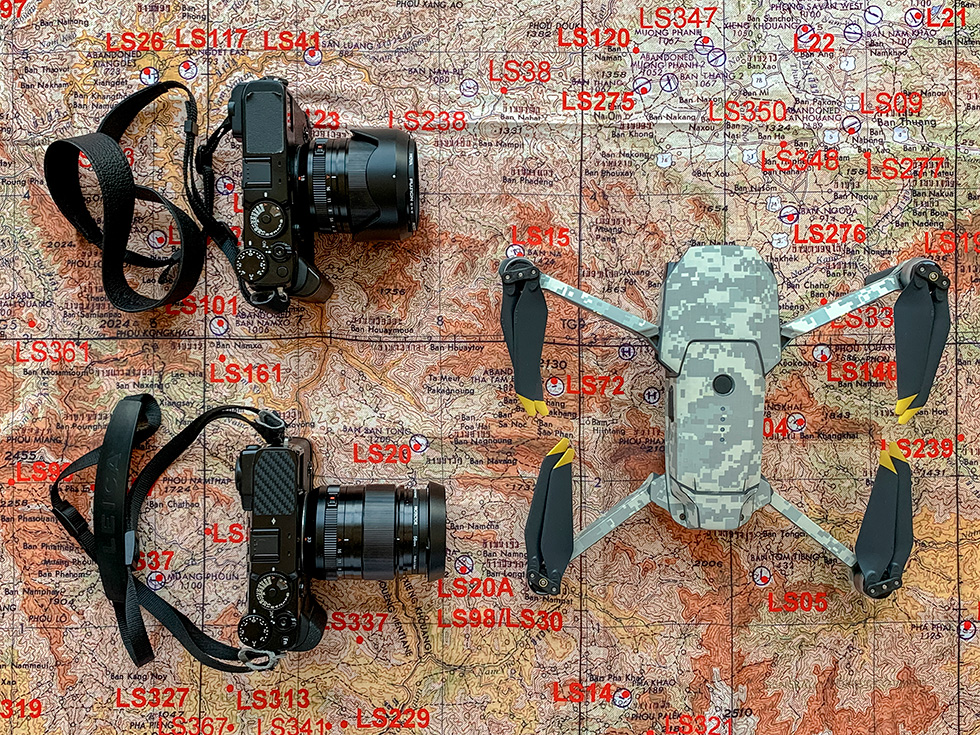
When not needed spare equipment is reorganized and kept close at hand inside an XS North Face Base Camp Duffel. My clothing, wash kit, and larger equipment are kept in a Medium North Face Base Camp Duffel which is my air travel check-in bag. All my packs and bags are AirTagged just in case one should go missing.
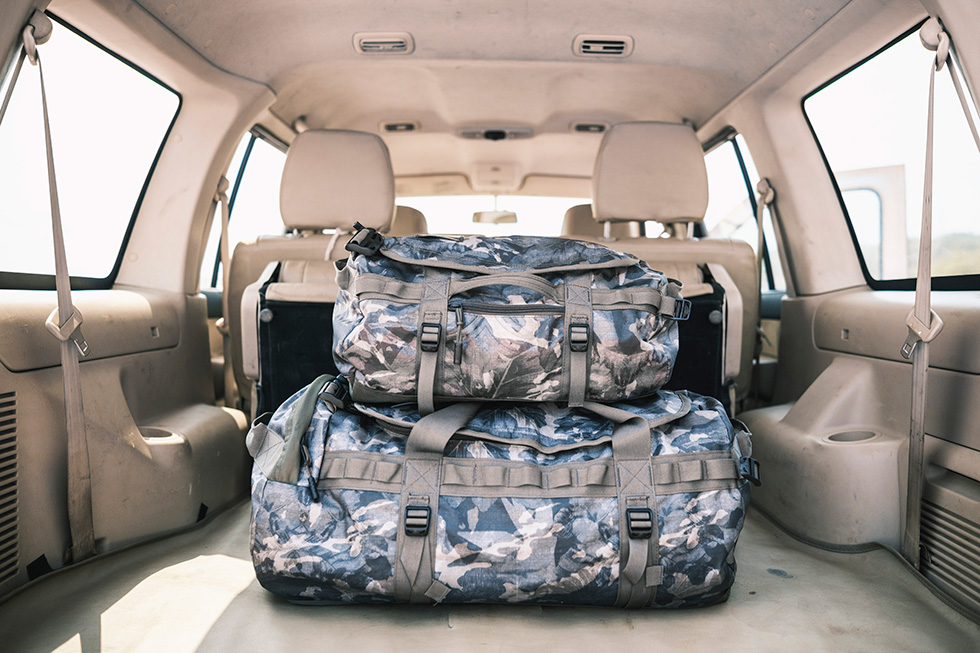
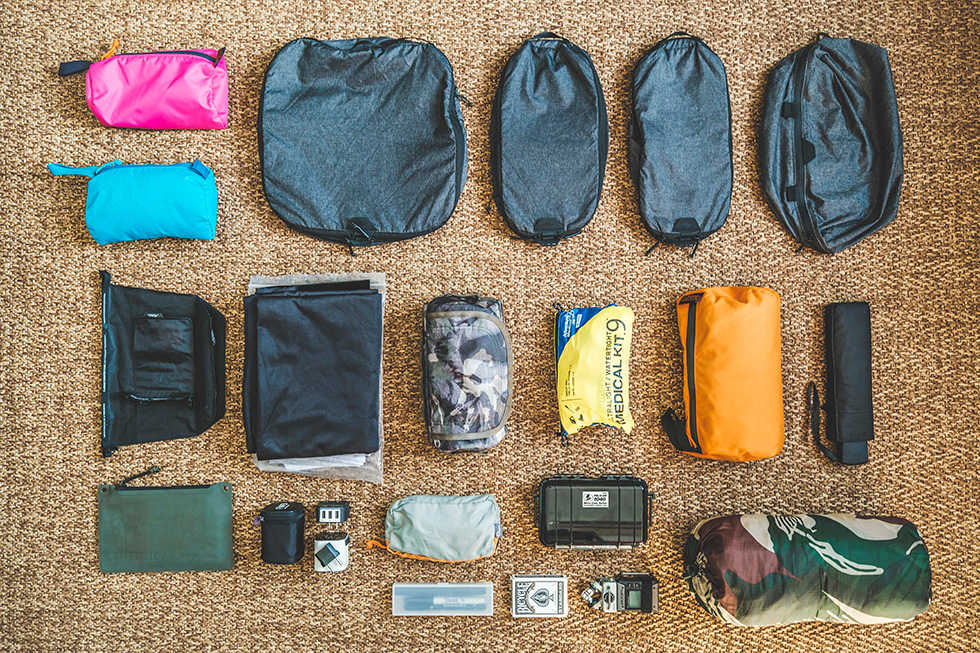
I also carry a camera shoulder bag which I keep on the passenger side when driving and it’s useful for moving around cafes, markets, temples, and bars in the evenings. After a decade of carrying the venerable Domke F-5XB I’ve recently changed to the Wotancraft Pilot 7L, which in my opinion is a truly modern and worthy successor. The Wontancraft Pilot 7L allowed me to switch from carrying a pair of smaller f/2 to slightly larger aperture f/1.4 lenses. It also permits carrying an iPad Pro M2, which is my mobile workstation and LiDAR scanner.
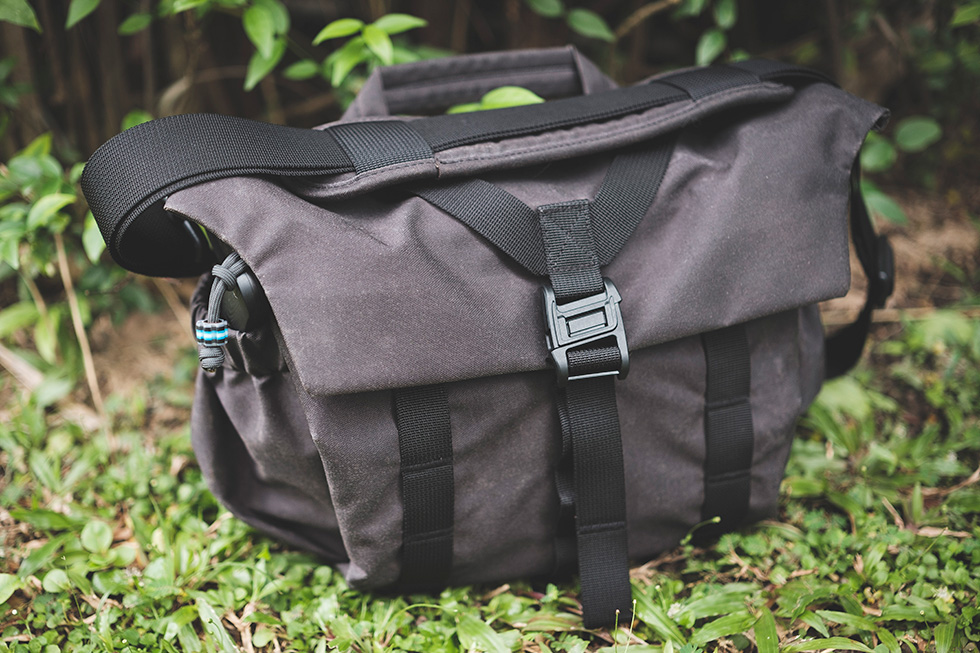
Cables and chargers are the curse of modern digital life and I’ve tried my best to distill them down to just the bare essentials which all fit inside an ALPAKA Pencil Case Pro. I’m still waiting for the Apple iPhone to switch to USB-C; as soon as it does nearly all of my electronics will be USB-C charging, and I truly cannot wait. But until that day I’m still going to be carrying a variety of USB-Micro, C, and Apple Lightning cables, albeit a lot less than before.
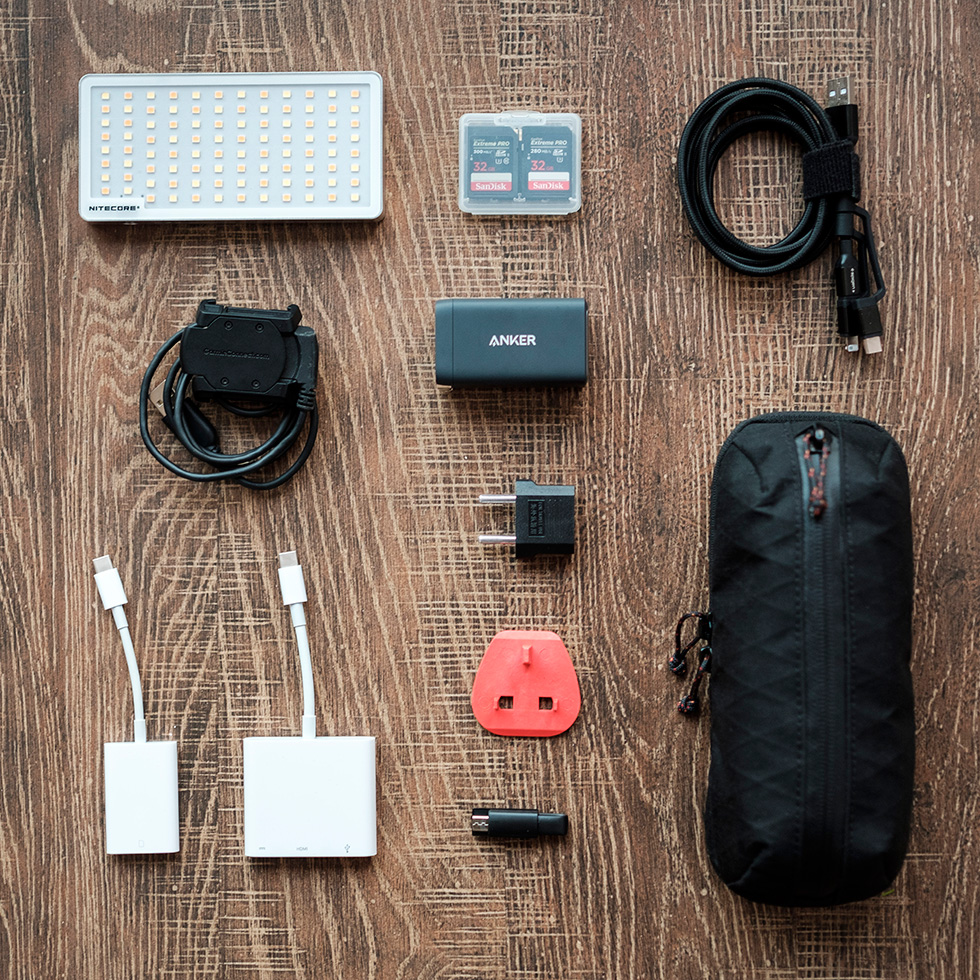

Prior to leaving the North I stopped by my favorite Indian restaurant in Laos, Sabaidee Odisha in Vieng Xai and topped off my tiffin tin with a glorious curry. Closing my northern loop I then drove over two days back to Luang Prabang, the royal capital and one of the most beautiful cities in Asia. I then switched vehicles and started out for Phonsavan, a town located on the large central Plain of Jars. During the Secret War, the Plain of Jars was decimated by continuous ground battles and sustained bombing. It is said that more bombs were dropped on Laos between 1964 and 1973 than in the entirety of the Second World War. Most troubling is that an estimated 30% of the munitions used failed to detonate and remain in the ground as Unexploded Ordnance (UXO), or Explosive Remnants of War (ERW). Local farmers and children playing still find UXO buried in the landscape. Fortunately, the international community is currently funding a number of local and international NGOs that specialize in public education and the safe removal of UXO. Due to the type of munitions used, such as small but deadly anti-personal cluster munitions, the process of making the land safe will be ongoing for decades.
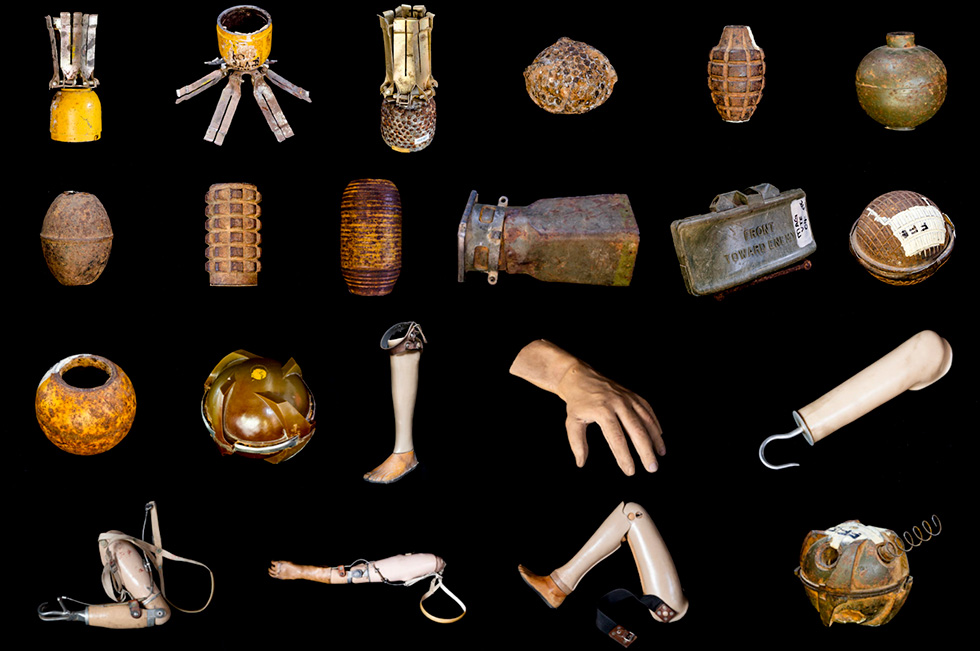
I visited with UK charity the Mines Advisory Group (MAG) and using a simple studio setup I made illustrative photos of defused ordnance so they can be used to help with identification and educating people about the dangers of UXO. I also met with local charity COPE which provides prosthetics and physical rehabilitation to survivors of UXO-related injuries.

For the final Carryology Global Expedition Project Patch placement there was only one location left, the hidden city of Long Tieng, The Most Secret Place on Earth. I left Phonsavan early in the morning, unsure about the road conditions heading South into the mountains. After an hour or so I found myself navigating off-road along dusty tracks that wove amongst mountainous valleys punctuated by towering karst monoliths. I knew by the end of this journey I was going to be covered in fine dust so I’d chosen to wear my well-worn 5.11 Defender-Flex Jeans, Zephyr GTX Mid boots, and Helikon-Tex Woodsman Anorak Jacket. The Woodsman Anorak is more like a modern and more utilitarian take on a traditional poncho but is worn practically like a jacket. I have used it for traveling in both the backcountry and the city and I have to admit I’m becoming more of an anorak fan than I would have initially believed. I also carry a Helikon-Tex Windrunner anorak which packs down small into itself and is perfect for tropical summits. I passed through a couple of deserted military checkpoints, the barriers left raised. Then in the distance, the familiar shape of Skyline ridge appeared; I was getting close to my destination.
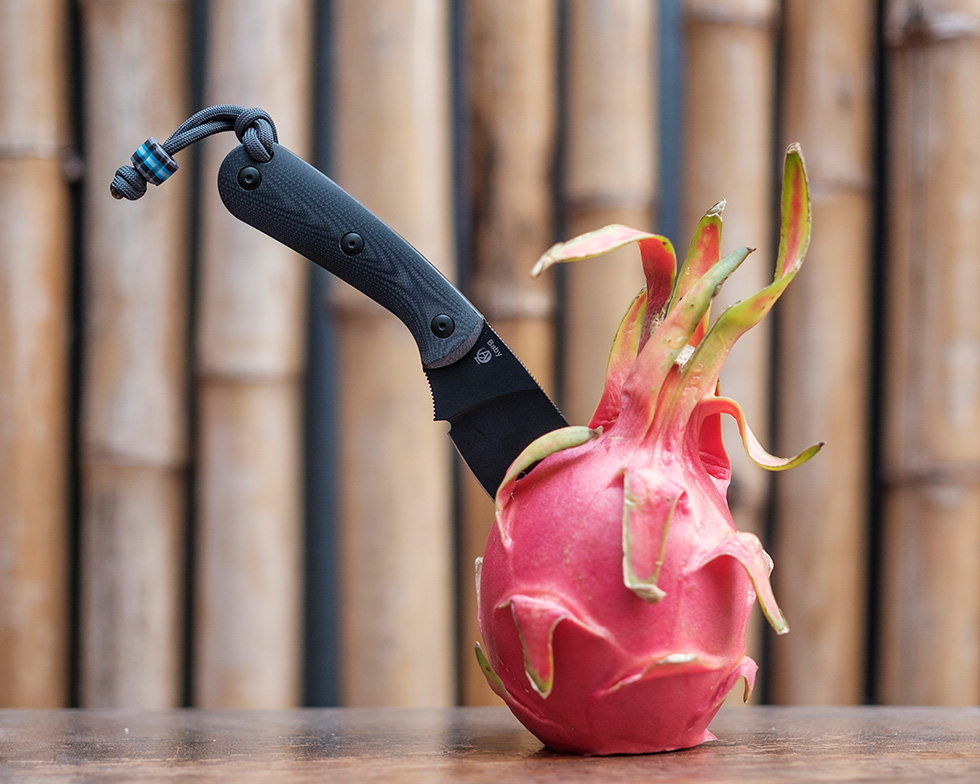
Long Tieng or simply Alternate was once the American CIA’s headquarters in Laos. The small city of 30,000 inhabitants was comprised of CIA-trained Hmong Special Guerrilla Units (SGU), their families, Thai mercenaries, American CIA advisors, technical staff, and aviators. Taking advantage of the local geography Alternate’s main approach was constructed nestling between a horseshoe of large karst hills, its long runway seeming to end at a vertical karst hillside nicknamed the vertical speed break. It could easily be an imaginary lair in a James Bond movie. On my last visit in 2019, I was treated with suspicion and questioned by three plain-clothed policemen who visited my guesthouse one evening. This time around there was no such issue, it was quite the opposite. Long Tieng is now open and welcoming to visitors, with new guest houses and restaurants having been built along the old runway with views of the karsts. There is also a lookout from which you can see the layout of the base from above, which is also where you will find Carryology Global Expedition Project Patch 090.
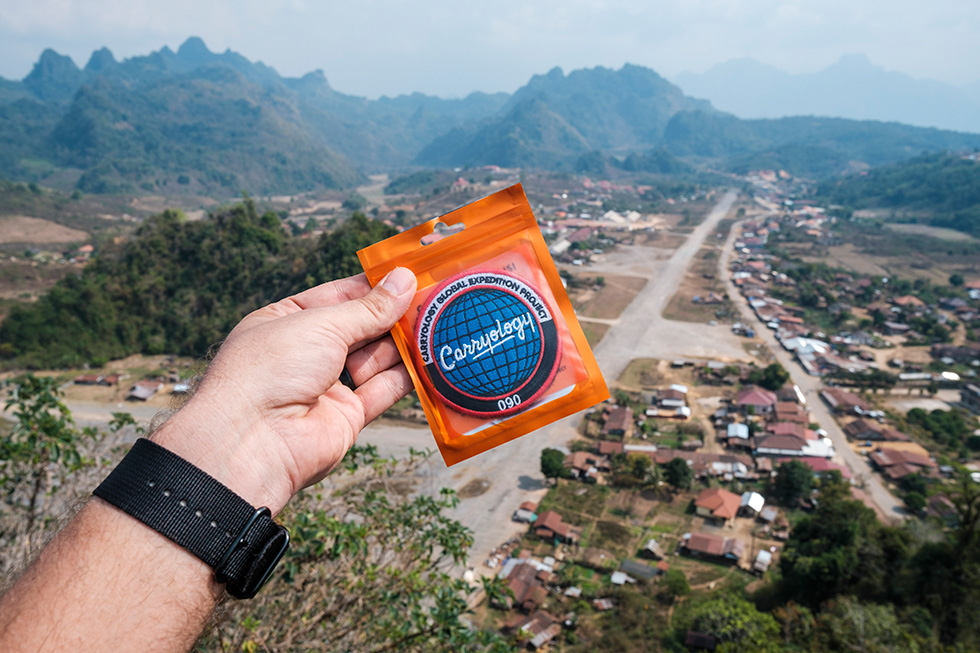
Although the physical remnants of the base are still there, it lacks any kind of museum or information for tourists. The roads in and out are also underdeveloped but more properly sealed roads are under construction. Having made the pictures I needed, the next morning it was time to move on. I thought I would close this loop by returning to Lima Site 16 at Vang Vieng via LS14 then a direct shortcut through the mountains. I made coffee and checked the GPS which told me the journey would take around two and a half hours. Several hours later, just before dark and after well over 100km of extremely sketchy off-road driving I arrived safely at LS16, mostly intact.
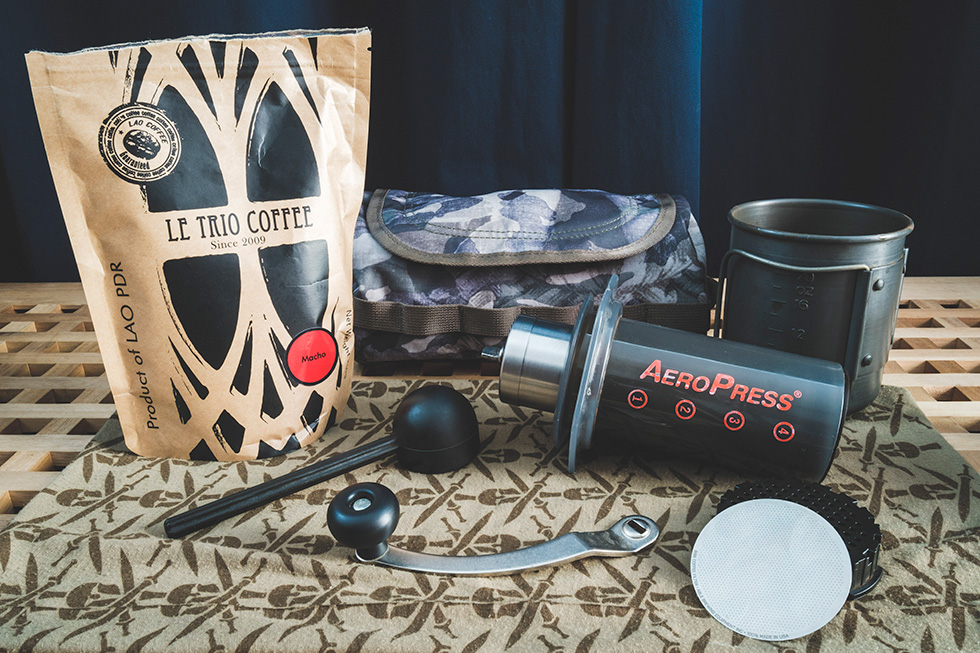
Traveling through Laos is always an adventurous and rewarding experience. I look forward now to finally assembling all the visual fragments I’ve collected during this project into a book that will help to preserve the visual history of The Secret War.
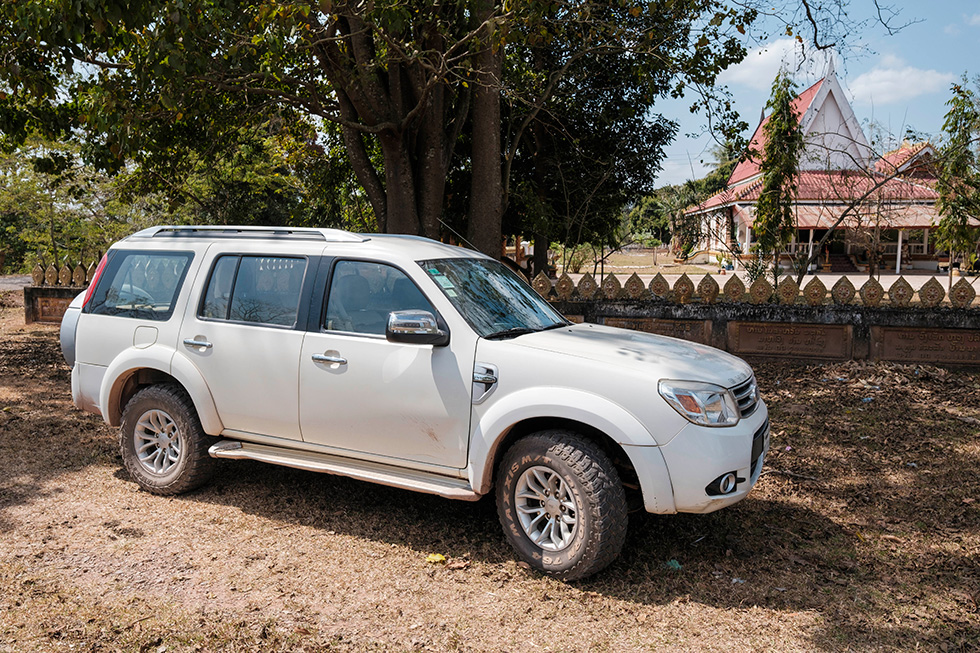
Remember adventure travel abroad can be an exciting and exhilarating experience but when things go wrong they can do so in a spectacular fashion. This is why reliable and comprehensive travel and medical insurance is a necessity, not an option. If you would like to learn more about Laos, the Hmong and the deadly legacy of The Secret War, more information is available at The Legacies of War website. Many thanks to Carryology, COPE, MAG, and the SGU Veterans and Families of USA for their support and kind assistance with this project.
For updates on the Lima Sites project and book release, follow me on Instagram or visit my website at: www.matthewaslett.com.
Many thanks to Visual Documentarian, Researcher, and Producer Matthew Aslett for the above post.





 Carry Awards
Carry Awards Insights
Insights Liking
Liking Projects
Projects Interviews
Interviews
